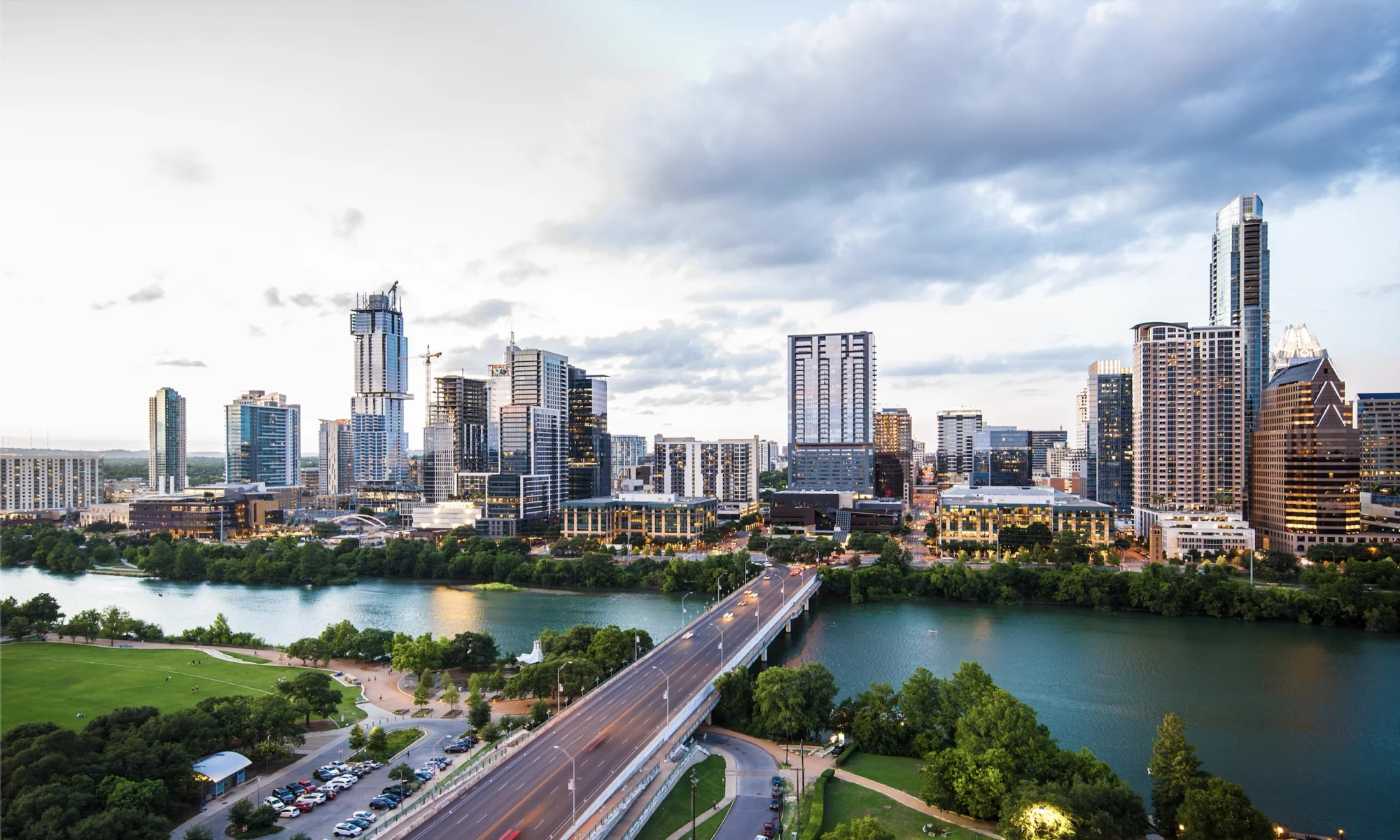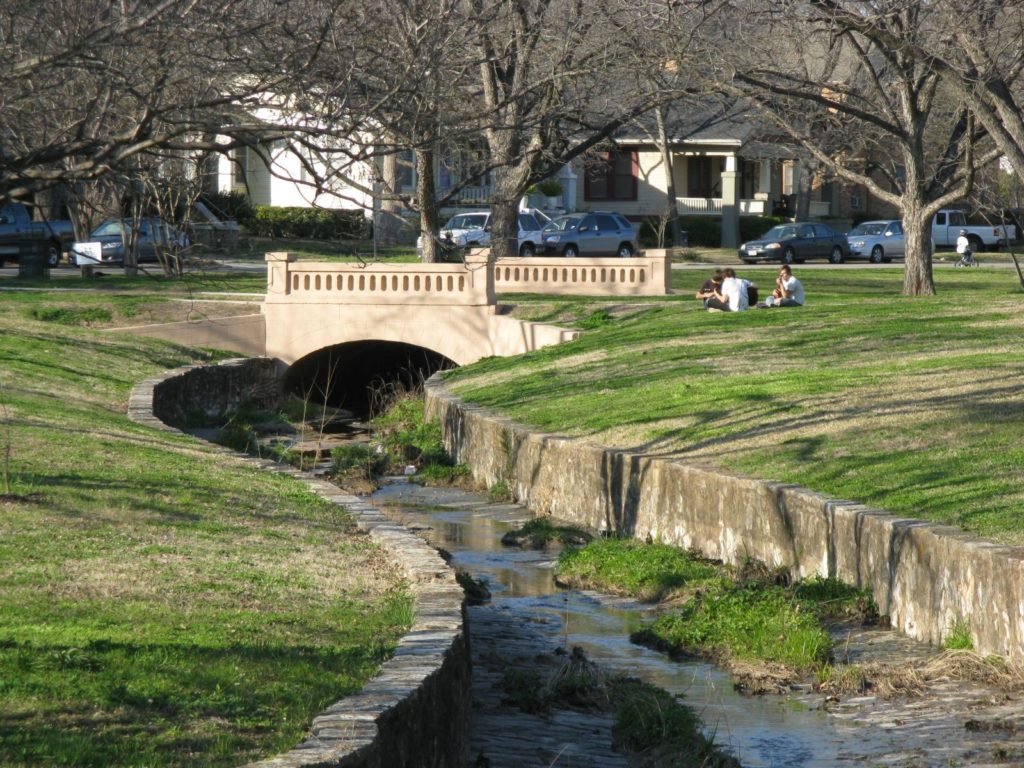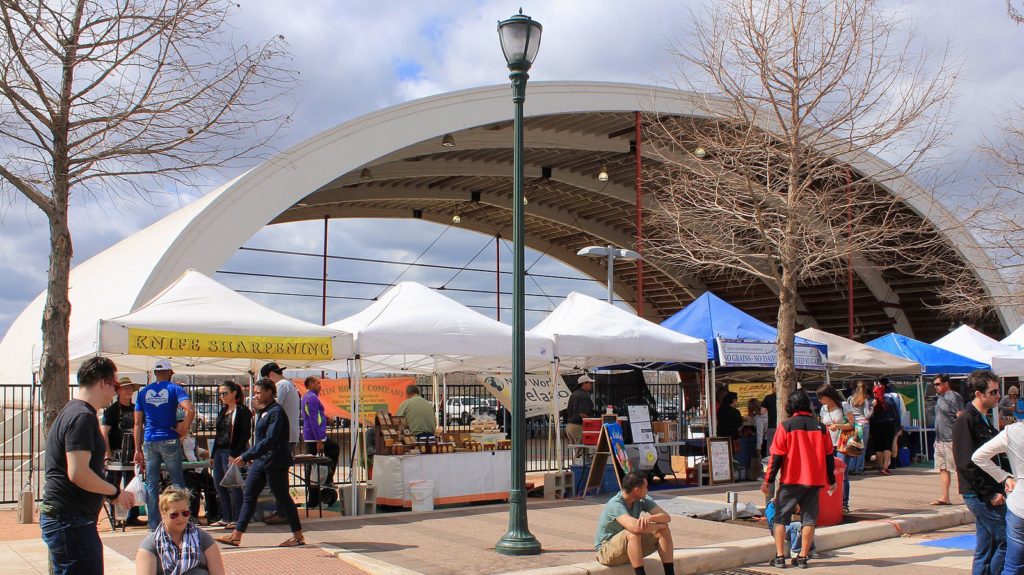Over the past few months, a proposed plan to rezone the Hancock neighborhood as a Local Historic District has garnered significant community interest. While still in its nascent phases, this is a clear step in the wrong direction for the city, particularly as it struggles to address an increasingly acute housing crisis and encourage density and affordability in its urban core.
While historic preservation is often a laudable goal, historic district zoning like the one being floated for the Hancock area appears more about preventing new development by locking in single family zoning in perpetuity. The impact is two fold. First, homeowners subjected to these designations surrender significant property rights. If approved, the rezoned area instantly becomes subject to design standards set by the Austin Historic Landmark Commission, an unelected body that does not have established qualifications for appointment. Any exterior changes to contributing structures must be consistent with dictated design standards and are subject to review. Even so-called minor exterior changes such as new light fixtures require at least five business days for administrative approval.
Arguably worse still is the impact such poorly targeted rezoning proposals such as the one proposed for Hancock have on Austin’s livability. As Austin seeks to address the challenges caused by its growth, the Hancock proposal aims to freeze a low density, single-family model in place right in Austin’s urban core. The result is to ensure that economically disadvantaged Austinites are frozen out of the area, exacerbating the inequality in our city. Hancock’s specific characteristics make this problem especially acute. Hancock’s location near the university, downtown, and multiple major transportation corridors make it an ideal place for more dense and diverse housing options, students, and families seeking to access central Austin without using cars. However, without affordable housing, these groups will effectively be forced out to the periphery and likely into single occupant vehicles in areas with low walkability. That is a loss for us as sprawl and congestion increase as our lived environment is degraded.
While the problems with the proposed Hancock rezoning are legion, Austin’s process for enacting such restrictive zoning covenants unfortunately favors their proliferation. As the City’s recent Hancock Neighborhood District Discussion Q&A document makes clear, approval of such restrictive historic rezoning proposals requires 51% of either the individual property owners or the total land area in the restricted area. As such, a minority of large property owners could effectively foist such a rezoning proposal on the neighborhood even if a majority of the residents stand in opposition. In fact, in Hancock the city is one such landowner. Austin’s properties — parks and the Hancock golf course — are automatically deemed to support the restrictive rezoning. Given Hancock’s makeup, this likely means that up to one-third of the land in the area will immediately count towards the 51% approval threshold. That is to say, the deck is stacked heavily in favoring or restrictive rezoning efforts.
There are things we can do, however, to fight such restrictive rezoning covenants. At this stage, the most critical action is to simply stay engaged and make our voices heard. The city has committed to at least one additional facilitated meeting. It will be important for neighbors and friends who care about Austin, livability, and the environment to make our voices heard. Beyond advocating for a fairer future for the city, organizing through Austin’s petition rights process will be key. Under this process, when 20% or more of the area costs in the restrictive rezoning area submit a written protest to the zoning change, the change must be approved by a three-fourths majority of the City Council. Triggering this supermajority requirement may be a critical step to preventing Hancock from effectively becoming walled off from the rest of the city behind a fence of restrictive single-family zoning covenants and a moat of regulations. However, such a step will require organizing and perseverance to see it through.


